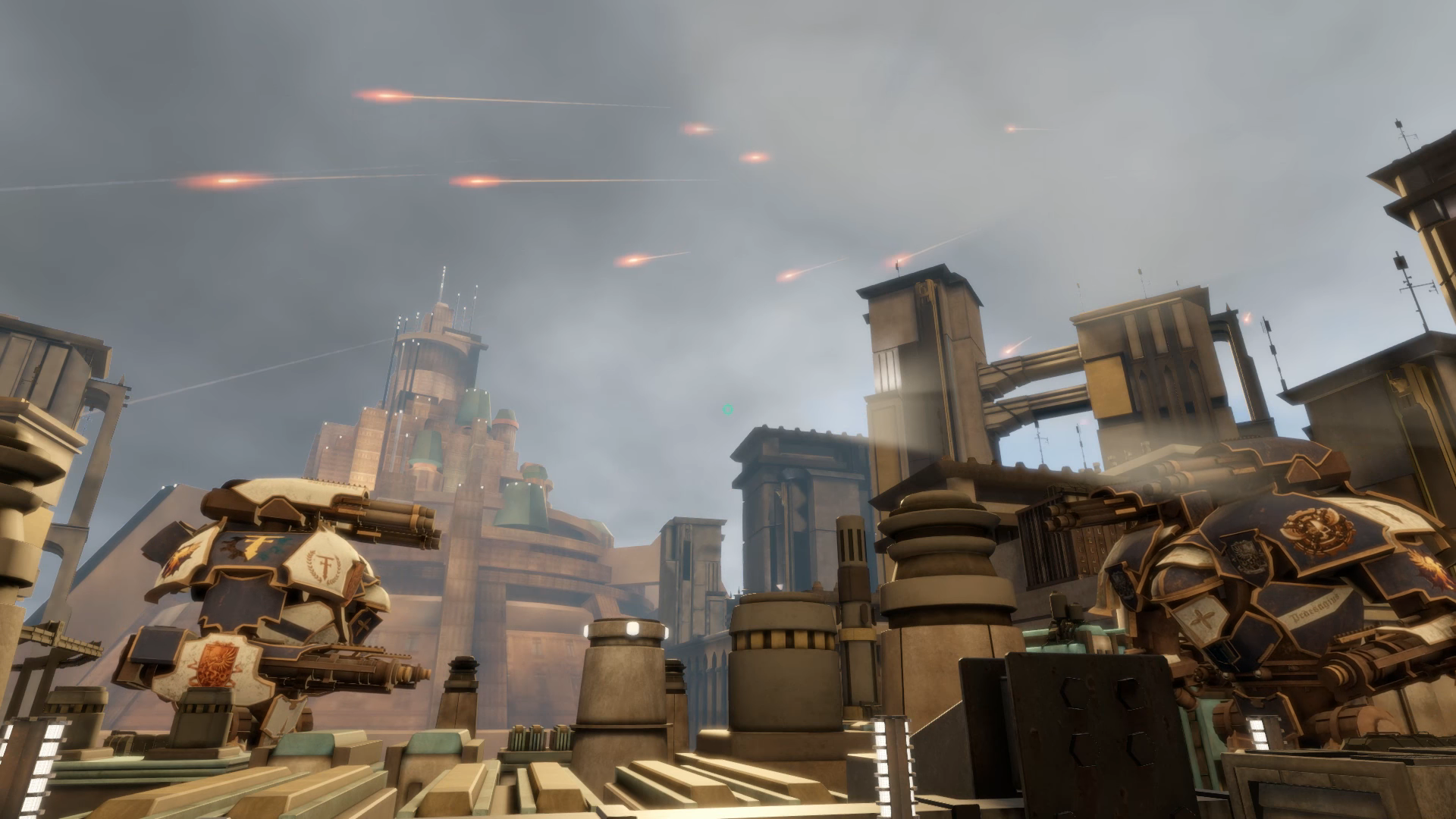

For the most-part, they’re actually well laid out and take into account the interface’s more unique touches. With the change in perspective comes a change of controls. Firing up my Vive, the gameplay obviously doesn’t change a great deal, as it’s still a tactical game at heart, but the perspective does ship to allow for the player to be part of the action. Currently HTC Vive is fully supported and recommended, though those using Oculus Touch can also play. One of the more unique elements of The Horus Heresy: Betrayal at Calth is the fact that you can play with VR enabled. They’re perfectly fine for the most-part, but I would have some of the menu options, such as scrolling through weapons before firing mapped to the mouse wheel, instead of this simply altering your camera angle.

Given the nature of the game’s turn cycle where each squad gets two actions each round, there will be times where you have to wait for the units to finish moving or shooting, which can feel like an eternity when there’s few of your troops left and a whole legion of the opponent’s army bearing down on you. Setting up your units, you can equip multiple weapons for the squad, including Plasma Pistols that do more damage but have a chance to backfire, potentially killing the unit that fired it. The team at Steel Wool Studios have made a surprisingly faithful adaptation of the table top game as a result.īy far my biggest gripe with Betrayal at Calth at the moment is that it’s just so slow.

With each turn, you can move units, make them open fire on enemies, assault them by getting close, or even reinforce squads by combining singular Space Marines into squads that have lost a member.


 0 kommentar(er)
0 kommentar(er)
